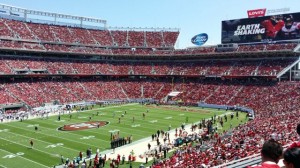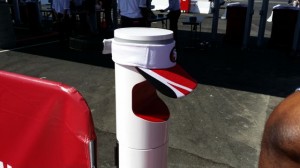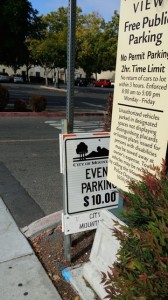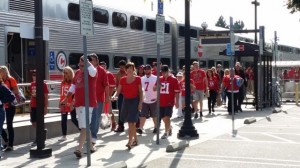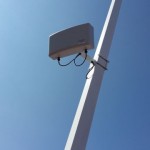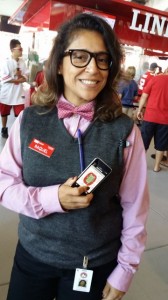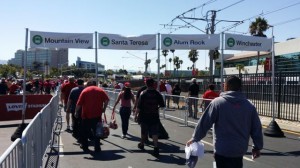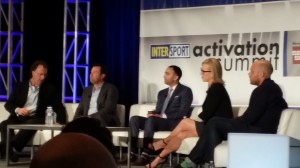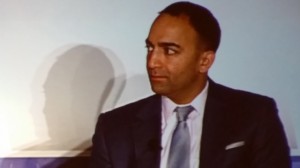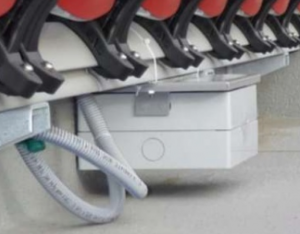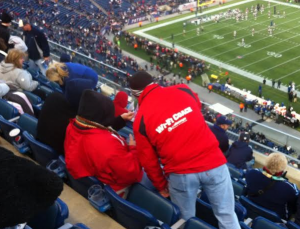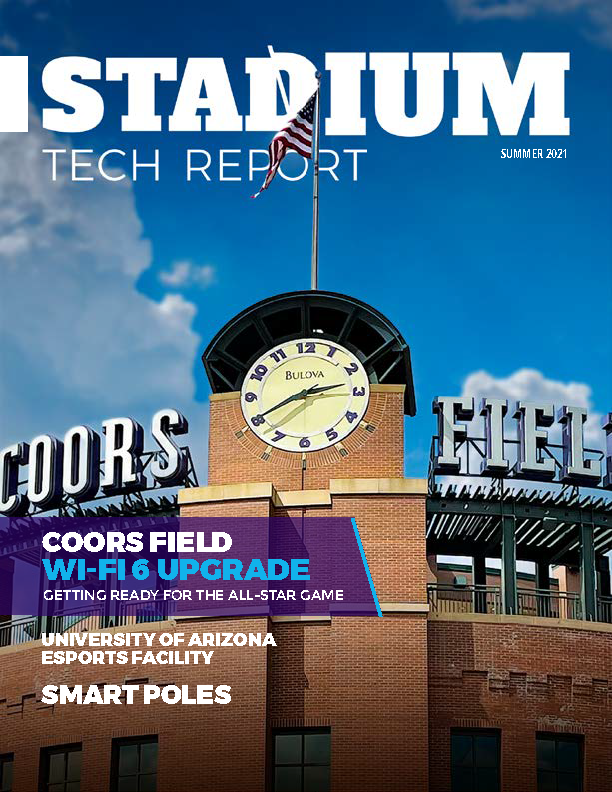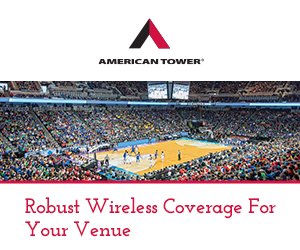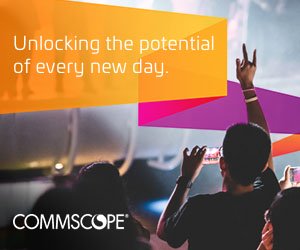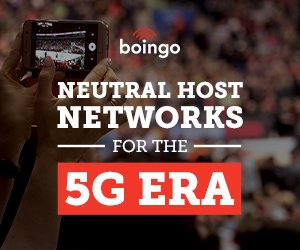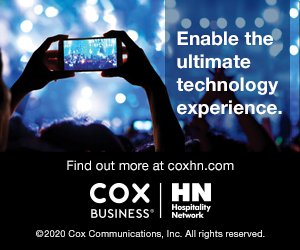And just like the team, the Niners’ stadium technology lineup still has some weak spots that will hopefully be fixed before the regular season home opener on Sept. 14. Among the disappointments Sunday was a no-show by the highly heralded instant replay feature, the crown jewel of the new Levi’s Stadium app. We also experienced some location-connection problems with one of our devices, exposing what we consider a flaw in the Levi’s app, namely an over-reliance on location technologies to enable key parts of the app, like wayfinding and on-site video streaming.
Some other not-so-advanced technology flaws that could use fine-tuning include the volume level on the main stadium public-address and announcing system, which was so loud that it made it a struggle just to talk to the person next to you for long stretches of time. The ticket scanning machines also seemed to have issues working in the bright sunlight, a problem that found a low-tech fix when ticket personnel placed Niners’ visors around the tops of the machines to shade the scanning area. And many concession stands around the stadium were unable to serve guests or could only take cash because the staff operating the stands said they weren’t given access codes to the point-of-sale systems.Overall, however, the first football game at Levi’s was a success on many levels, including the fantastic sight lines available from most seats and largely incident-free travel and parking operations, with noticed improvements especially on the VTA light rail front that struggled mightily during the stadium’s opening-event soccer game two weekends ago. Most fans also probably got a little weight loss from the no extra-charge sauna situation, thanks to the cloudless day and bright sun that bathed most of the seats in searing heat for long times after the 1 p.m. start.
Smooth start for early VTA riders
What follows here is a somewhat minute-by-minute account of my trip to the game, and my experience with the network and stadium operations on site.
Since I wasn’t given press access to the game, Mobile Sports Report attended like a regular fan, purchasing a single ticket through the NFL Ticket Exchange service on the 49ers’ web site. My plan to get to Levi’s from San Mateo was to drive to downtown Mountain View, park there and take VTA the rest of the way. (I didn’t take CalTrain mainly because I didn’t want to have to sync my return schedule with the CalTrain options going northbound on Sunday.)Though I was somewhat incredulous about having to buy tickets online — VTA said that the ticket machines in Mountain View would be shut down Sunday to keep big lines from forming — upon further review the VTA app was slick and easy to operate and understand. After purchasing a ticket for $6.50 Saturday night I activated it Sunday, and showed it at the gate where they checked boarding passes. For people who didn’t have tickets there was a tent set up where they could buy a pre-loaded Clipper card for $10 good for a day’s worth of VTA riding. There was an abundance of VTA workers on hand, as well as a large and very obvious police presence. As a nice touch there was also a large bank of porta-potties, and behind the trains there were express buses waiting, according to one VTA employee, in case of crowd overloads.
“We learned some lessons from two weeks ago,” he said.
If there was a glitch in the VTA operations it was with the city of Mountain View — though a couple city lots were designated as places where fans could buy all-day parking passes, and there were clear signs to those lots, at 9:30 a.m. those lots were not yet staffed with anyone to pay; MSR found one sign leaning up against a post, waiting to be deployed. Fans could also park in the CalTrain lot for $5, payable via the CalTrain track podium ticket machines.
I boarded the first VTA train to leave for the stadium, along with many fans who had just gotten off CalTrain. The pleasant, air-conditioned trip took just 27 minutes, passing many Silicon Valley company headquarters and one neighborhood with “no parking here” patrols before stopping pretty much right at the Levi’s Stadium entrance. A few steps later I was in the parking lot, and took the first of many Wi-Fi speed tests and got a signal of 29 Mbps download and 23 Mbps upload, a good sign for network operations.
Looking for Wi-Fi, finding lots of it
Once inside the gates — and past the shaded scanners — I started speed testing in earnest, with the two devices I brought with me: A Motorola Droid 4 on Verizon, and a Samsung Galaxy Note 3 on AT&T. While waiting for the main stadium gates to open at 11 a.m. I got the weakest Wi-Fi signals of the day along the “Faithful Mile” area where promotional booths from sponsors kept early arrivers entertained. Wi-Fi on both devices out there only hit 2 to 3 Mbps on the download, while cell signals on both devices were in the 6-7 Mbps download range. Since I could see multiple DAS radios in the area but not any Wi-Fi access points I wasn’t too surprised; but it was an unusual area not to be blanketed with Wi-Fi, especially since there was good access a couple hundred yards away in the parking lots.After finally entering the stadium proper, I ran into Niners president Paraag Marathe — who said he was “nervously excited,” and looked ready to start sweating in his suit and tie. “We’ve just got to make sure everything works today,” Marathe said, shaking my hand. Then I went up the escalator and saw the “Kezar pub,” an open-air bar filling the top area above the Intel gate. There, draft beers like Shock Top and Goose Island IPA were available for $11, and bottled beers available for $10.25.
As I started walking around the outside concourse I took my first speed test in the stadium and it blew the needle off the edge: 57.92 Mbps download, 41.00 Mbps upload.
Pegging the needle: @LevisStadium wifi hits 57 mbps on lower concourse #levinet http://t.co/AXEfODpPin
— paulkaps (@paulkaps) August 17, 2014
A few minutes later on the inside concourse (where most of the concession stands are) I hit 27.85 Mbps/21.34 Mbps, still impressive. Then I tried to launch the app, and — problem. Apparently the device wasn’t connecting because it wouldn’t show my location on the wayfinding app. Luckily, right in front of me was Racquel, one of the “NiNerds,” the team’s new staff of technical experts who are there to help fans make the app work. But Racquel couldn’t solve my problem, even after we both tried turning on all location services, including Bluetooth.
“I can try to find another NiNerd who might know more about this device,” offered Racquel, who was visibly dismayed at her failure to help solve my problem. Instead, I moved on, hoping that the problem would solve itself later. But it didn’t.Failure to locate… and other app problems
After downloading the Levi’s app to both devices over the weekend, I noticed that the first item on the app list of functions — Tickets — required me to “sign in” with my “Stadium Ticket Account,” something I didn’t have and didn’t know how to get. I did figure out how to enter my purchased seat location (which I could have used to order food to my seat, or for the express pick-up option), but I could never get the location feature to work on the Samsung device, which kept me from being able to see the live streaming TV option (I kept getting a message that said, “You must be at the stadium to play this video”). I was able to watch the live TV option on the Motorola device, after turing on location services. But for both devices — and, as it turns out, for everyone in the stadium — the final feature on the app, Game Center, where we were supposed to be able to see all the instant replays we could handle, remained labeled “coming soon.”
Finally sitting in my most excellent seat — section 244, row 3, seat 17 — I noticed that the Motorola device could no longer connect to Wi-Fi, even as the Samsung device was hitting marks in the 15-16 Mbps range. I started tweeting about the problem, and instead of a NiNerd coming to help me I got a personal visit from the Levi’s version of a Jedi Master, namely Dan Williams, the team’s vice president of technology. (Never underestimate the power of a complaining tweet!)
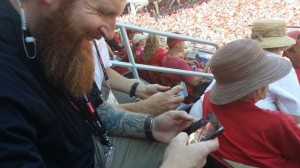
Niners VP of technology Dan Williams attempts to fix my Droid 4 Wi-Fi issues (while trying not to laugh at the fact that I actually have and use a Droid 4)
In scanning the available Wi-Fi networks, I had also noticed something else that I thought could be gumming up the Droid’s connection — a bunch of personal Wi-Fi hotspots in the immediate area, including several labeled as GoPro cameras. After curiously examining my Droid 4 — and its slide-out keyboard — Williams and a technician from Wi-Fi gear provider Aruba Networks concurred that my device was getting bogged down in the 2.4 GHz mess, and also wasn’t refreshing the available networks list, a device-specific problem.
Bottom line? Levi’s is no country for old phones.
Initial verdict: Wi-Fi and cellular is world class… but app needs work
After staying into the third quarter — and visiting another friend in section 109, where I got another hefty Wi-Fi speed test (24.42/25.39 Mbps) — I followed the lead of many fans and took an early leave of Levi’s, which meant no lines at the VTA trains and just a couple short delays due to track congestion that stretched the return train trip to 40 minutes. Overall, my travel to and from the stadium from San Mateo took just over an hour each way, a happy stat to report.
My initial verdict is that the Wi-Fi and DAS (cellular) networks delivered as promised, with solid speeds all around the stadium every time I checked. It’s no small accomplishment just to deliver such world-class service to such a crowded space, especially in the middle of Silicon Valley. True to its roots, the crowd Sunday was device-happy, with many iPads and GoPros being carried around as video cameras, in addition to all the phones that were in constant use. It’s a tribute to Williams and his staff, as well as the technology suppliers like Aruba, Brocade, Comcast (backbone bandwidth supplier) and DAS Group Professionals, who built the distributed antenna system (DAS) which brings advanced cellular connectivity inside the gates, to have built a solid network that worked well on its first big test.
The team app, however, did not even come close to living up to its advanced billing. To equal the network I think the app needs more advance instructions, especially on the ticketing/registration options as well as on the location services needed to make everything work. And until we see the multiple-camera angle live replays in action, to me the app is an incomplete project. The good news is, the Niners and their technology teams have several weeks to make improvements, including another preseason game Aug. 24 against the San Diego Chargers.
It’d also be helpful for the team to reach out a bit more to the VTA and players like the City of Mountain View, since the VTA site maps and Mountain View’s parking maps are far from what you would call “advanced design.” I think it’s up to the Niners to help pay for improvements to the city and transportation entities’ technology offerings, simply because of the burden placed on those operators by the fans going to Niners’ games. At the very least, more links from football to getting-there operations seems in order, instead of trusting that all parts of the operation will work in sync.
